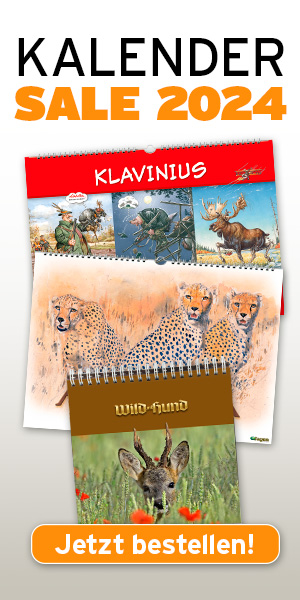English: Clouded Leopard; French: Panthère longibande; Bahasa-Jawa: Maung Dahar; Bhotias: Kung; Burmese: Thit-Kyong; Chinese: Yün-bao; Lepchas: Pungmar, Sarchal; Limbo: Zik; Malay: Arimu-dahan; Nepali: Dhun-wase-Chtituwa; Thai: Sua-Lai-Mek; Tibetan: Shimi Chung-nga.
Former distribution: As now.
Present distribution: North-western India to Nepal, Sikkim east to Assam and Bhutan, southern China, Burma, Thailand, Laos, Kampuchea, Vietnam, Malaysia, Hainan, Taiwan, Sumatra, Borneo.
Behaviour: Preferred habitat: dense evergreen forest in the lowlands and hills, including swamps and high grass areas. Activity is arboreal, and more diurnal than nocturnal. They hunt in pairs on the ground, taking such prey as young cattle, small deer, wild pigs, monkeys and all kinds of birds and snakes. Very little more is known of their habits.
Population status: Vulnerable. At the present time no estimates can be given: rare in India, endangered in Thailand and Taiwan. No information from other distribution areas.
Brief notes:
Body weight: 16-23 kg
Head and body length: 60-100 cm
Tail length: 60-90 cm
Shoulder height: 80 cm
Gestation period: 86-92 days
Maximum age: 16 years
Trophy: Skull length: no records
Hunting methods: Intercepting a trail, traps.
Subspecies: 4
1. Neofelis n. nebulosa South-western China, Hainan, Laos, Kampuchea, northern Thailand and northern Vietnam. Endangered.
2. Neofelis n. macrosceloides Nepal to Burma. Endangered.
3. Neofelis n. brachyurus Taiwan. Endangered.
4. Neofelis n. diardi Southern Thailand, Malaysia, Sumatra and Borneo. Endangered.
Remarks: Information required on behaviour, population status and distribution. It must be supposed that in spite of the ban on the export of skins, the populations will steadily decrease. The main reasons are still fur hunting; loss of habitat; deforestation for additional agricultural land. Clouded Leopards breed well in zoological gardens. Approx. 200 are known to be in captivity.







